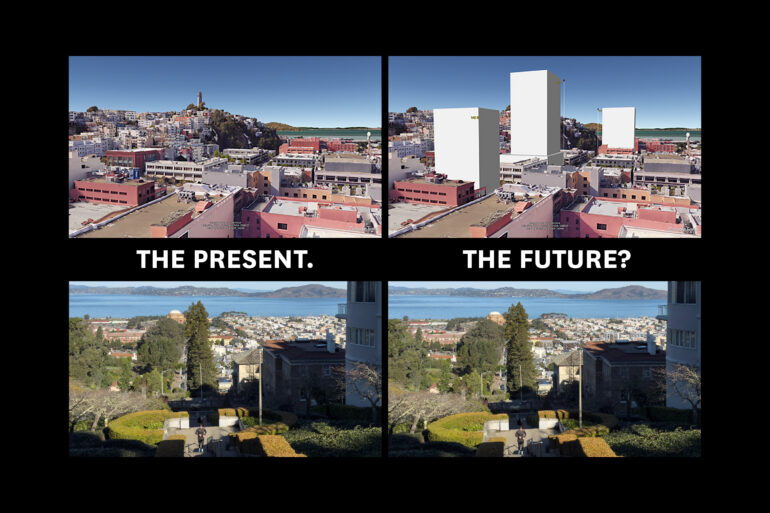Quantum computing is like Forrest Gump’s box of chocolates: You never know what you’re gonna get. Quantum phenomena – the behavior of matter and energy at the atomic and subatomic levels – are not definite, one thing or another. They are opaque clouds of possibility or, more precisely, probabilities. When someone observes a quantum system, it loses its quantum-ness and “collapses” into a definite state.
Quantum phenomena are mysterious and often counterintuitive. This makes quantum computing difficult to understand. People naturally reach for the familiar to attempt to explain the unfamiliar, and for quantum computing this usually means using traditional binary computing as a metaphor. But explaining quantum computing this way leads to major conceptual confusion, because at a base level the two are entirely different animals.
This problem highlights the often mistaken belief that common metaphors are more useful than exotic ones when explaining new technologies. Sometimes the opposite approach is more useful. The freshness of the metaphor should match the novelty of the discovery.
The uniqueness of quantum computers calls for an unusual metaphor. As a communications researcher who studies technology, I believe that quantum computers can be better understood as kaleidoscopes.
Digital certainty vs. quantum probabilities
The gap between understanding classical and quantum computers is a wide chasm. Classical computers store and process information via transistors, which are electronic devices that take binary, deterministic states: one or zero, yes or no. Quantum computers, in contrast, handle information probabilistically at the atomic and subatomic levels.
Classical computers use the flow of electricity to sequentially open and close gates to record or manipulate information. Information flows through circuits, triggering actions through a series of switches that record information as ones and zeros. Using binary math, bits are the foundation of all things digital, from the apps on your phone to the account records at your bank and the Wi-Fi signals bouncing around your home.
In contrast, quantum computers use changes in the quantum states of atoms, ions, electrons or photons. Quantum computers link, or entangle, multiple quantum particles so that changes to one affect all the others. They then introduce interference patterns, like multiple stones tossed into a pond at the same time. Some waves combine to create higher peaks, while some waves and troughs combine to cancel each other out. Carefully calibrated interference patterns guide the quantum computer toward the solution of a problem.
Physicist Katie Mack explains quantum probability.
Achieving a quantum leap, conceptually
The term “bit” is a metaphor. The word suggests that during calculations, a computer can break up large values into tiny ones – bits of information – which…



